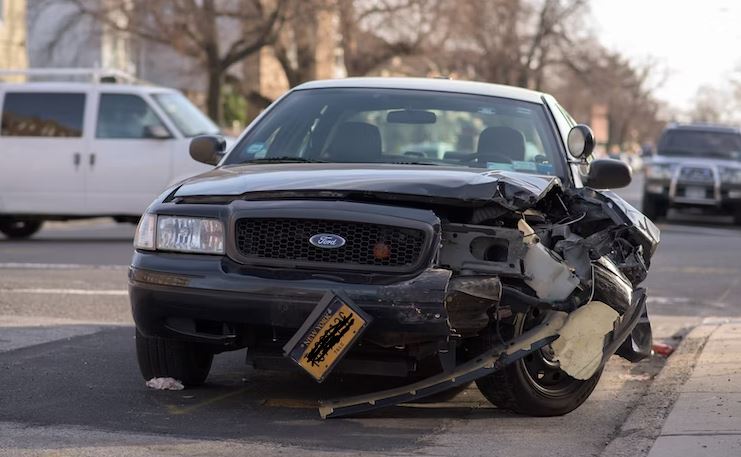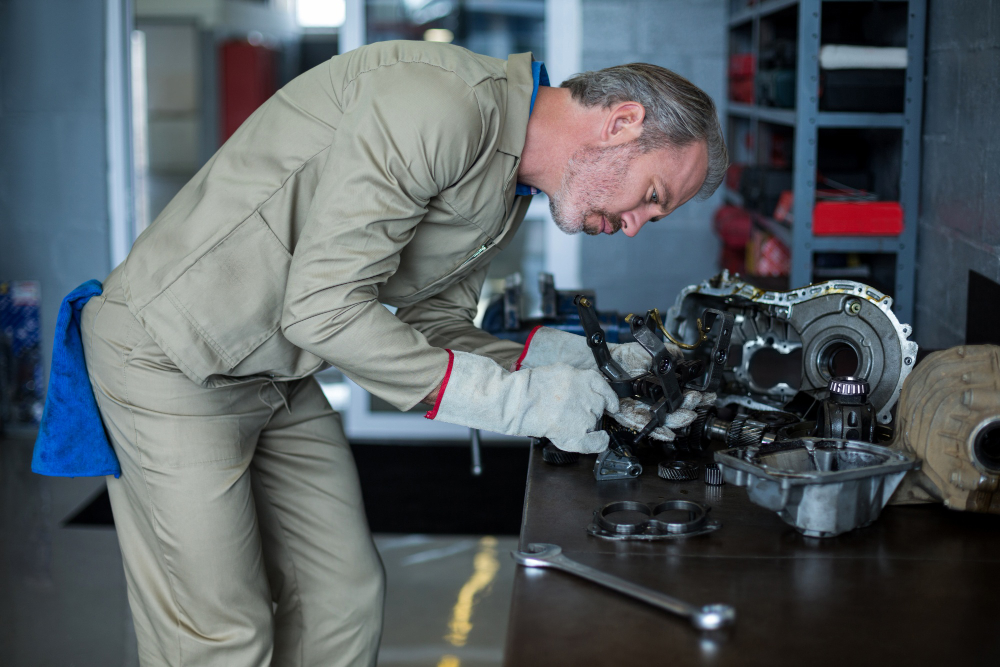We all rely on our cars to get us from point A to point B safely and securely. But have you ever stopped to consider the hidden world beneath the paint and chrome? Your car’s body, a complex network of metal, plastic, and composites, plays a critical role in protecting you in the event of a collision. Today, we’ll delve into the “secret life” of a car body and explore what happens during a crash. That informative article is created by Top Car Removal Sydney.
Engineered for Strength and Safety
Modern car bodies are no longer simply a shell. They’re meticulously engineered structures designed to absorb impact energy and deflect it away from the passenger compartment. Here are some key components that contribute to a car’s crashworthiness:
- High-Strength Steel: Automakers utilize various grades of high-strength steel in different sections of the car body. These steels offer exceptional strength-to-weight ratios, allowing them to be strong without adding excessive weight.
- Crumple Zones: These are strategically designed sections at the front and rear of the car that collapse and crumple upon impact. This controlled crumpling absorbs the energy of the collision, preventing it from transferring directly to the passenger cabin.
- Reinforcement Beams: Pillars, door beams, and roof supports act as a rigid skeleton, strengthening the car’s structure and preventing excessive deformation during a crash.
- Airbags: These rapidly deployable cushions inflate within milliseconds of a collision, providing additional protection for occupants from impact with the steering wheel, dashboard, or other interior components.
The Physics of a Collision
When a car collides with another object, a series of physical forces come into play. The severity of the damage depends on several factors, including:
- Impact Speed: The faster the impact, the greater the force transferred to the car body. This is why exceeding speed limits significantly increases the risk of serious injury.
- Impact Angle: A head-on collision, where the car strikes another object directly in the front, typically causes more damage than a glancing blow.
- Object Struck: The type of object struck can also influence the damage. Hitting a solid object like a tree will cause more extensive damage than colliding with a lighter object like a plastic bumper.
The Impact on the Body
During a crash, the car body absorbs and redirects the impact energy. Here’s a breakdown of what happens:
- Initial Impact: Upon collision, the crumple zones begin to deform, absorbing the initial impact force. This controlled crumpling helps to slow down the car’s deceleration and reduces the g-forces acting on the passengers.
- Energy Transfer: As the crumple zones collapse, the remaining energy travels through the car’s structure. Reinforcement beams help to channel this energy away from the passenger cabin.
- Passenger Protection: Airbags deploy within milliseconds of a crash, further absorbing energy and cushioning the occupants from impact with the interior. Seatbelts also play a vital role by restraining passengers and preventing them from being thrown around the car.
The Aftermath: Repair or Replace?
The extent of damage sustained by the car body determines whether it can be repaired or needs to be replaced. Here’s a general guideline:
- Minor Damage: Scratches, dents, and minor bumper damage can typically be repaired through bodywork and paint correction.
- Moderate Damage: More significant crumple zone deformation, frame damage, or extensive panel damage may necessitate professional repairs or even a unibody replacement (depending on the car’s construction).
- Severe Damage: In cases of severe structural damage or compromised safety features, the car may be deemed a total loss and require replacement.
Important Note: It’s crucial to consult with a qualified auto body technician after a collision to assess the damage and determine the best course of action. Never attempt to drive a car with compromised structural integrity or airbag deployment.
Beyond the Metal: The Importance of Safety Features
While the car body plays a vital role in crash protection, it’s just one piece of the safety puzzle. Modern cars are equipped with a range of advanced safety features that work in conjunction with the body structure to enhance occupant protection. These features include:
- Anti-lock Braking System (ABS): Helps prevent wheel lockup during hard braking, allowing drivers to maintain steering control and potentially avoid a collision.
- Electronic Stability Control (ESC): Assists in maintaining vehicle stability during sharp turns or sudden maneuvers.
- Lane Departure Warning (LDW): Alerts drivers when they unintentionally stray from their lane.
- Forward Collision Warning (FCW): Warns drivers of an impending collision with a vehicle ahead.
The Importance of Regular Maintenance
While car bodies are engineered for strength, they’re not invincible. Regular maintenance is crucial to ensure your car’s body remains in optimal condition and provides maximum protection in case of a collision. Here are some key maintenance tips:
- Rust Prevention: Regularly inspect your car for signs of rust, particularly on underbody components and around seams. Apply rust-proofing treatments if necessary.
- Paint Care: Washing and waxing your car regularly helps protect the paint from environmental damage, maintaining its integrity and contributing to overall structural strength.
- Panel Gaps: Uneven panel gaps can indicate underlying structural issues. Have a qualified mechanic inspect any significant discrepancies.
- Seatbelt Checks: Ensure your seatbelts function properly and are not frayed or damaged. Replace them if necessary.
Beyond the Crash: The Lifespan of a Car Body
The lifespan of a car body depends on various factors, including:
- Quality of Materials: Higher quality steel and corrosion-resistant materials contribute to a longer lifespan.
- Maintenance Practices: Regular maintenance significantly extends the life of a car body.
- Exposure to Elements: Constant exposure to harsh weather conditions like extreme temperatures, salt on roads, or UV rays can accelerate wear and tear.
- Accident History: Major collisions can compromise the structural integrity of the car body and shorten its lifespan.
By understanding the factors affecting a car body’s lifespan, you can make informed decisions about vehicle maintenance and potential replacements.
visit: https://fastlinkcarremoval.com.au/cash-for-cars-sydney/
Conclusion
Your car body is more than just a sleek exterior. It’s a complex engineering marvel designed to protect you in the event of a collision. By appreciating the “secret life” of your car body, prioritizing regular maintenance, and understanding the importance of safety features, you can ensure a safer driving experience for yourself and your passengers. Remember, a well-maintained car with a strong body structure is your best defense on the road.




Thank you for the good writeup. It in fact was a amusement account it.
Loook advanced to more added agreeable from you!
By the way, how could we communicate? https://odessaforum.Biz.ua/